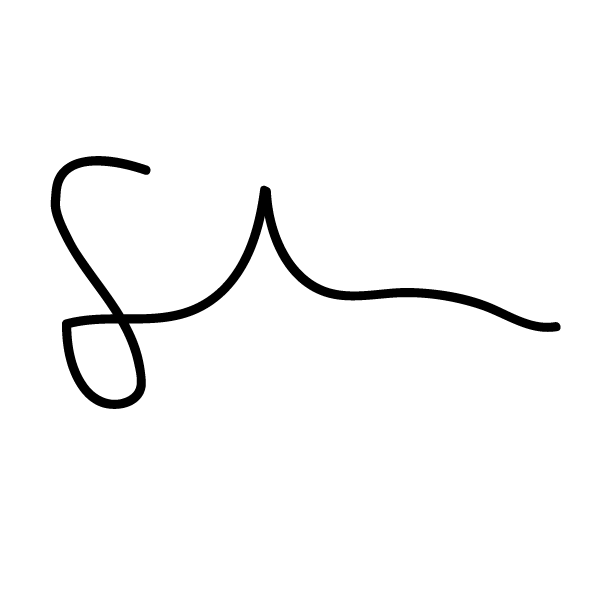Posted by Frank Griffo on Feb 7th 2025
The Heart: More Than Just a Physical Organ
In Traditional Chinese Medicine (TCM), the heart is more than a pump circulating blood—it is the “house of Shen”, governing our physical, emotional, and spiritual well-being. This deeper understanding of the heart’s role offers a holistic approach to achieving balance and harmony in both body and mind.
The Dynamic Balance of Yin and Yang
In TCM, health is a reflection of the continuous interplay between Yin and Yang—opposing yet complementary forces that must remain in balance. The heart, like all organs, relies on this dynamic equilibrium to function optimally.
-
Yang energy fuels circulation, vitality, and warmth.
-
Yin energy provides nourishment, calm, and stillness.
When these forces are in harmony, the heart not only supports the body’s rhythms but also nurtures emotional stability and a peaceful spirit. However, imbalances—especially Heart Yin deficiency—can disrupt this delicate state.
Signs of Heart Yin Deficiency
When the heart lacks Yin’s cooling and nourishing properties, the mind and body may become overactive, leading to symptoms such as:
Emotional Signs: Anxiety, irritability, forgetfulness, and restlessness.
Sleep Disturbances: Insomnia, vivid dreams, or difficulty staying asleep.
Physical Manifestations: Night sweats, a dry mouth, a flushed face, or palpitations.
From a TCM perspective, these symptoms indicate an underlying depletion that requires restoring Heart Yin to balance its yang nature and promote calm and well-being.
A Holistic Approach to Heart Health
While Western medicine primarily focuses on the heart’s cardiovascular function, TCM expands its role to include emotional and spiritual dimensions. Practitioners use acupuncture, herbal medicine, and lifestyle adjustments to:
Nourish Heart Yin – Herbs and dietary therapy replenish the body’s Yin energy.
Calm the Shen (Spirit) – Acupuncture and meditation support emotional balance.
Cool Excess Heat – Yin-nourishing treatments counteract overstimulation.
By addressing the root causes of imbalance—such as chronic stress, overwork, or poor sleep—TCM provides a comprehensive path to heart health that integrates physical, mental, and emotional well-being.
Restoring Balance for a Harmonious Life
When the heart is in harmony, we experience emotional stability, restful sleep, and a deep sense of peace. Whether through herbal formulas, acupuncture, or mindful living, TCM offers time-tested wisdom for keeping the heart balanced and strong—supporting not just circulation, but the essence of who we are.
Foods and Herbs to Nourish the Heart
Because the heart is associated with fire, red-colored foods and those that naturally flourish in the summertime are particularly nourishing.
Heart-supporting foods include:
-
Red fruits: Cherries, strawberries, raspberries, pomegranates, figs, and apples help nourish the heart qi and blood.
-
Bitter greens: Rocket, watercress, lettuce, celery, and bitter-skinned vegetables like cucumber and melon support heart function.
-
Red grains and herbs: Red rice and Chinese red dates (hong zao) gently strengthen the heart and spleen.
-
Rose petals and buds: These promote the smooth flow of heart and liver qi, easing emotional stagnation and uplifting the mood.
-
Persian Silk Tree: Known as the “Collective Happiness Tree,” its bark (He Huan Pi) and flowers (He Huan Hua) help calm the spirit and relieve emotional stress.
Even commonly consumed stimulants like coffee can briefly invigorate the heart qi, creating a mild euphoric effect. However, excessive consumption can overstimulate the heart and lead to restlessness, anxiety and palpitations.
Healing the Heart: A Lifelong Practice
Unlike Western medicine, which often views the heart primarily in its physical function, Chinese medicine sees it as both a physiological and spiritual center. There is no clear distinction between mind and heart—they are deeply intertwined. Cultivating a healthy heart goes beyond diet and lifestyle; it requires inner work, emotional awareness, and a connection to the natural rhythms of life.
This is an ongoing process—one that involves both aerobic exercise, nurturing relationships, and expressing emotions to manifest the joy that comes with a physically and spiritually connected life. By doing so, we cultivate not only our own well-being but also the health of our communities and the natural world around us. The heart is the bridge between our internal and external reality—guiding us toward harmony, connection, and collective happiness.
As the Persian poet Rumi wrote, “Your task is not to seek love, but merely to seek and find all the barriers within yourself that you have built against it.”
Explore Griffo's Heart Formulas

References
Rochat de la Vallée, Élisabeth (2004) The Heart in Ling Shu chapter 8, Monkey Press.
Maciocia, G. (1989) The foundations of Chinese medicine: A comprehensive text for acupuncturists and herbalists. 2nd Edition, Churchil Livingston, Edinburgh.
Lu, Henry, Chinese System of Food Cures: Prevention and Remedies. Sterling Publishing Company 1986
"The Heart in Chinese Medicine." Aldebaran Healing, www.aldebaranhealing.co.nz/articles/the-heart-in-chinese-medicine.
Rochat de la Vallée, Élisabeth (2012) The Double aspect of the Heart, Monkey Press.
"Chinese Theories of Mind." Stanford Encyclopedia of Philosophy, Stanford University, plato.stanford.edu/entries/chinese-mind/.

